Updated Oct. 30, 2025.
American Airlines will launch its new Airbus A321XLR aircraft on Dec. 18, 2025, as Flight AA3 from New York to Los Angeles. The carrier is the first in the US to receive and operate the aircraft type, and passengers can expect an onboard product to look forward to.
This article encompasses the latest information and updates on American’s XLRs, including the interiors, delivery information, transcon and transatlantic operations, and more.
Inside American’s A321XLRs
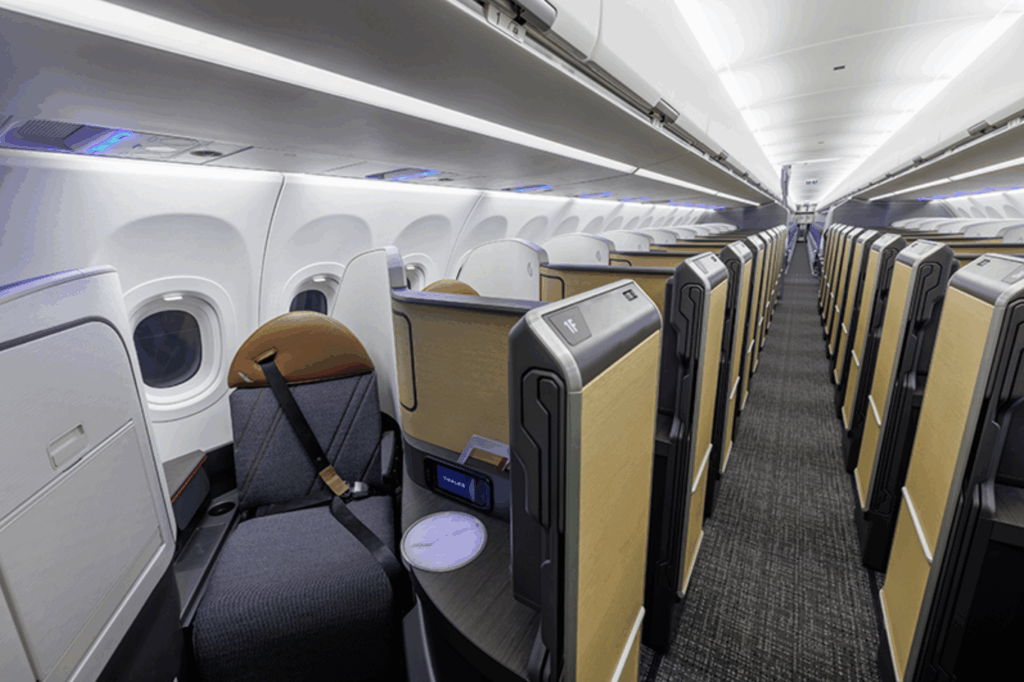
The XLRs will come with 20 Flagship Suite seats in a 1-1 configuration. This is a similar class of service to the new Flagship Suites on the new Boeing 787-9s (78P) introduced earlier this summer, but this aircraft will utilize a different seat in a different configuration. While the new Boeing 787-9s are equipped with the Adient Ascent seats (also coming to United’s new Polaris seats), the XLRs will use the Collins Aerospace Aurora seats, which come in a herringbone configuration.
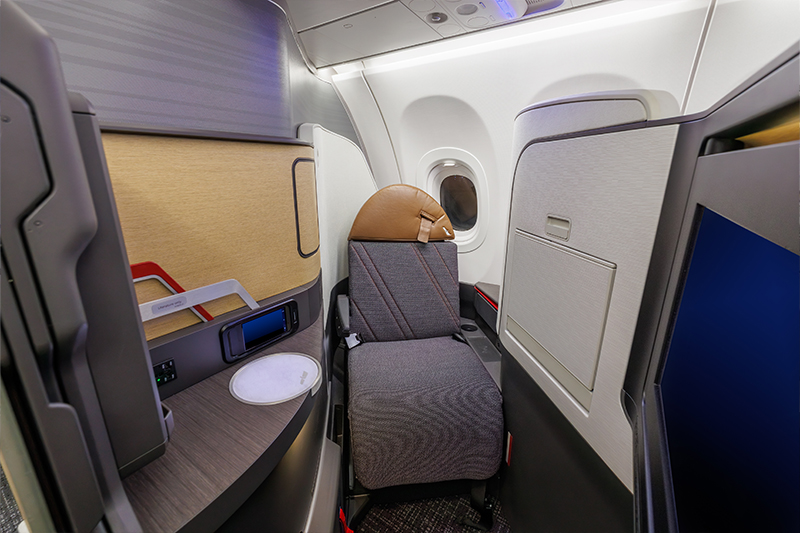
The Collins Aurora seat provides 78 inches of bed length and maximized seat width. American Airlines chose to include the door in its order, bringing an ample amount of privacy.
Notably, the seats are at an angle greater than 45 degrees, meaning you are facing more towards the aisle than the front of the plane, which had brought some challenges during certification.
The Flagship Suites will not come with a premium bulkhead option, unlike the new Boeing 787-9s. Instead, the Collins Aurora configuration will be able to accommodate both a full and half cart for extra catering, which was specifically requested by airlines.

Meanwhile, the XLRs will feature the Recaro R5 seats in premium economy. This is also a slightly different product from the ones seen on the Boeing 787-9P.
Premium economy will come in a 2-2 configuration with 12 seats, with a comfort level similar to domestic first class.
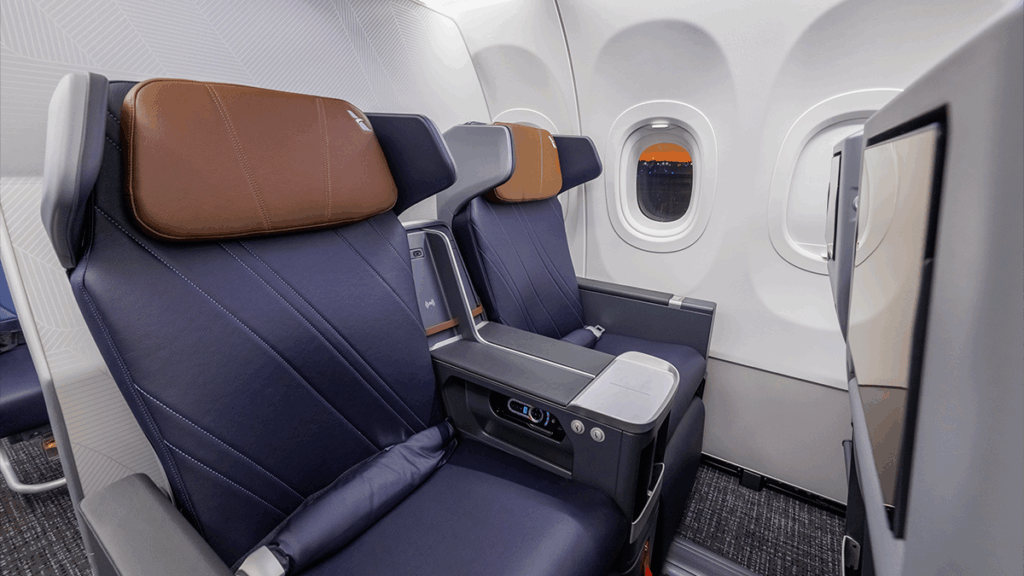
Headrest wings will provide some additional privacy.
The XLRs include 123 Main Cabin seats, with just two rows being Main Cabin Extra. Passengers will find seatback entertainment and power at each seat.
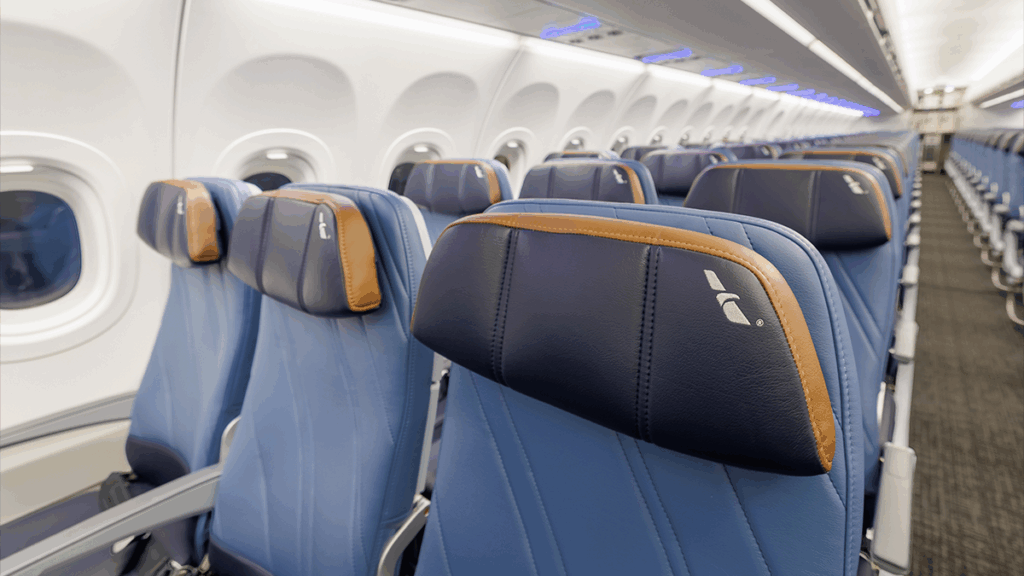
The Inaugural and its Routes
The inaugural flight will take place on Dec. 18, 2025, from New York to Los Angeles as Flight AA3. According to the airline, passengers will continue be able to find the XLR on premium transcontinental flights through Feb. 11, 2026.
Following these transcon flights, American will also deploy the XLRs over the Atlantic beginning on Mar. 8, 2026, from New York to Edinburgh. For now, these flights will run through Oct. 24, 2026.

Moving forward, American will continue to look to add long and thin transatlantic routes, fueled by its new A321XLR base in New York. JFK and Philadelphia are likely candidates for other new routes, while Chicago, Miami, and Charlotte have also been thrown around previously as contenders.
Additionally, these Airbus A320 Family pilots flew empty Airbus A321neos from Philadelphia to Edinburgh between Sept. 4 and Sept. 25, in order to train check airmen. American Airlines conducted a total of 42 these flights, and FAA inspectors watched on and certified check pilots, who would then train the airline’s other Airbus pilots.
Although American operates many transatlantic flights, the airline doesn’t have any regularly scheduled flights with Airbus aircraft, meaning its pilots need to learn the unique operations of flying over the Atlantic. These include:
- Procedures with the North Atlantic Track system, how wind and weather conditions affect routing and operations over the “highway in the sky.”
- Learning and familiarizing with suitable diversion airports in the North Atlantic.
- Different air traffic control operations, such as position reports sent from aircraft instead of radar-based ATC, communicating with various types of radios, and using satellites.
N471AN was extensively used, for example:

Other XLR Operations, Challenges
Flying across the Atlantic on a narrowbody will entail a different experience. However, the experience will also likely be a lot more premium, especially on thin routes that currently don’t see direct service but could see an XLR flight in the future.
Given the smaller size of an Airbus A321, American sees that certain parts of its soft product may have to be cut. In May, the airline began cutting bread and butter on economy and premium economy on a few routes, to test how it affects customer experience.
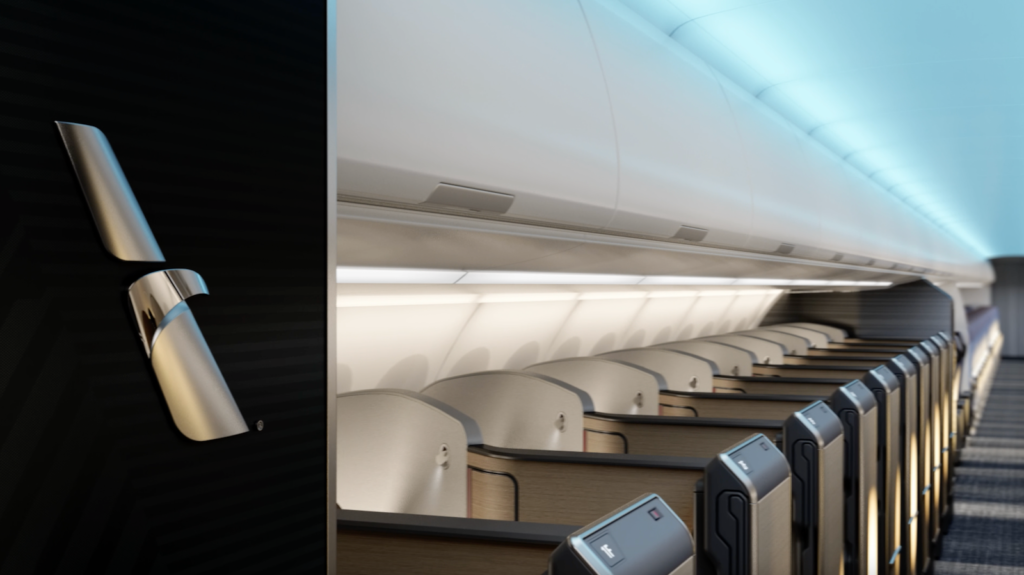
In the meantime, American Airlines has begun taking the A321Ts, which currently operate the premium transcons, out of service and reconfigure them to the standard domestic interior, despite the XLRs having faced delays. The airline is operating Boeing 777s in its place.
The airline still needs a premium product to compete in the transcon market while they wait for the XLRs, and the 777-200ERs will offer business and premium economy class to make up for the A321Ts getting removed from the routes. This process began on 5 October 2025 with a phase-in approach. Eventually, all premium transcons will involve the A321XLRs with a few Boeing 777s mixed in, although it’s unknown how long the ladder will continue to operate these flights.
Bottom Line
American’s A321XLRs were originally scheduled to be delivered with eight beginning in 2023, 22 in 2024, and 20 more in 2025. Although the delays are clear as day here, it’s exciting to finally see them in service.
Narrowbody jets may have their limitations compared to a widebody, with a bit more of a cramped feeling and certain amenities taking a hit. But, at least for the transcons, they will replace a very tired A321T fleet in need of replacement. The passenger experience feedback will be a point of interest on the transatlantic flights.
Featured image by American Airlines.










What does cutting bread and butter have to do with fuselage width?